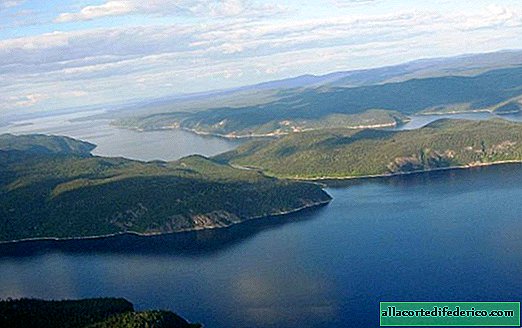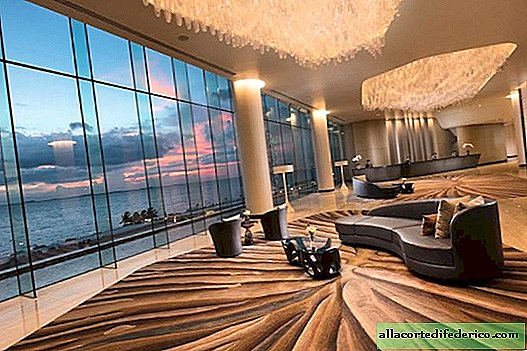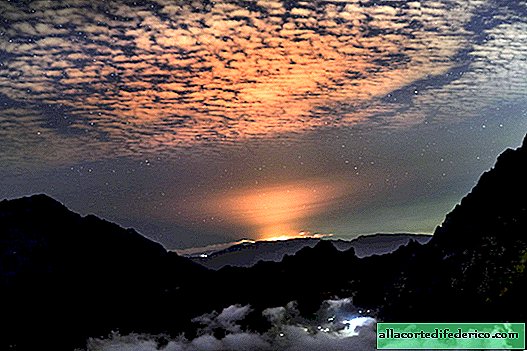Mysterious Crusader Sea Fortress in Sidon
Pollock is the modern name of the city in southern Lebanon, in the old days it was known as Sidon, possibly the oldest city in the world. Unfortunately, little has been preserved from the at least 6,000-year history of this city, and one of the oldest objects in the city is the crusader fortress, built in the 13th century after the capture of Jerusalem.

Now the fortress is located on a small island connected by a dam with the shore. However, this island was used by the inhabitants of the cities, of which the Phoenicians were, from those most ancient times. It is known for certain that before the defensive structure of the Christians appeared, there was a Phoenician temple in honor of Melkart. In addition, historians believe that perhaps the more ancient palace of the Phoenician king was destroyed here, destroyed during an earthquake and conflicts with neighbors.

However, the crusaders did not own the fortress for long, very soon the Arabs seized these lands, as a result of which the sea fortress of Sidon was badly damaged. The new owners of the city rebuilt the fortress and added to it the now existing 80-meter long dam. In the XVII century, the fortress was restored again by the then ruler of the city. Now the sea fortress of Sidon is a visiting card of the city, which is equally loved by both visitors and residents themselves.
It is also worth noting that an indication that the fortress is called just a sea is not unnecessary. The fact is that in the same Sidon there is another fortress, also built by the crusaders - the castle of St. Louis. It is located already at one of the top points of the city.

The fortress is open for visiting almost around the clock, as Google points out - from morning to midnight. They charge a small fee for admission, to be honest, I went for free, so I find it difficult to answer exactly how much they ask.


The gates are still decorated with figures characteristic of medieval Europe.

Inside the gate there are several rooms, two semblance of a pier, in addition, here you can go up the stairs to the upper level of the fortress. Here Lebanese are arranged as whole families, many couples come, everyone takes pictures.

Western tower closed to the public. They say that under her roof there is an Ottoman mosque.

Courtyard.

Arched arches of the main halls of the fortress.



It seems that this third hall (knight's) was the main one in the fortress, it stretched 50 meters in length and had several entrances.

Arched bases are visible along the walls.
Unfortunately, the ruined state of the fortress gives a poor idea of its architecture, moreover, a significant part of its premises is closed. The ideal purpose of the fortress is a photo of the coast and various kinds of selfies. Everything about everything here will take you no more than 20 minutes, unless, of course, you plan to meet the sunset.

Ascent to the second level of the east tower, completed by the Mamluks, but almost nothing was preserved from them.

A second-level platform with a domed building of clearly eastern origin, this can be clearly seen from the masonry.


Descent lost in the thickness of the walls.



At the base of the walls of many castles of the crusaders, the columns that they inherited from Greco-Roman-Byzantine times are clearly visible.

Since from ancient times it was a inhabited island, they say that the flooded structures of the Phoenician city are still preserved in the water.

The islands nearby, apparently, also had some fortifications.
It is very easy to get to Sayda from the capital of Lebanon, Beirut, just 40 minutes by car - and you are there.

